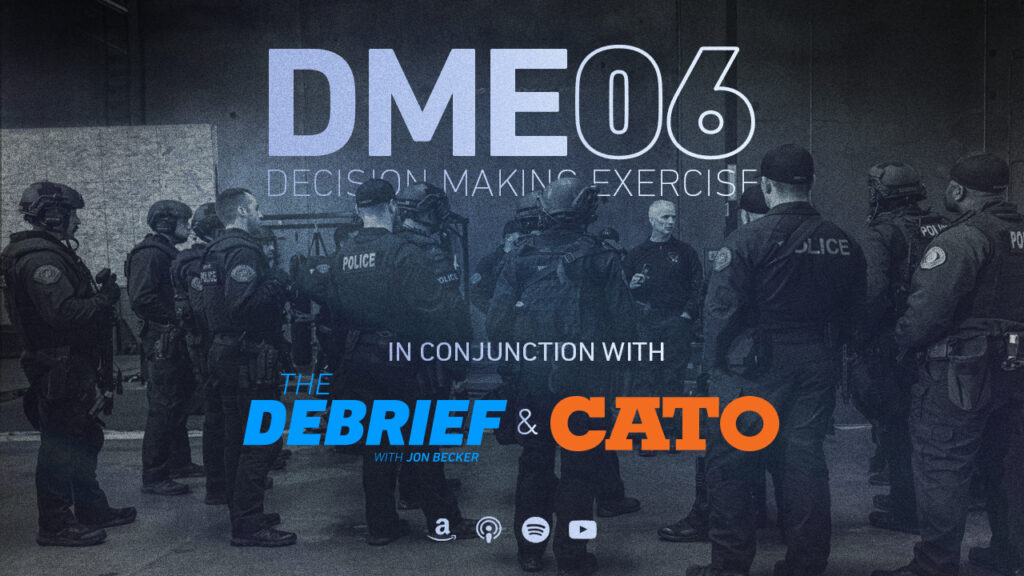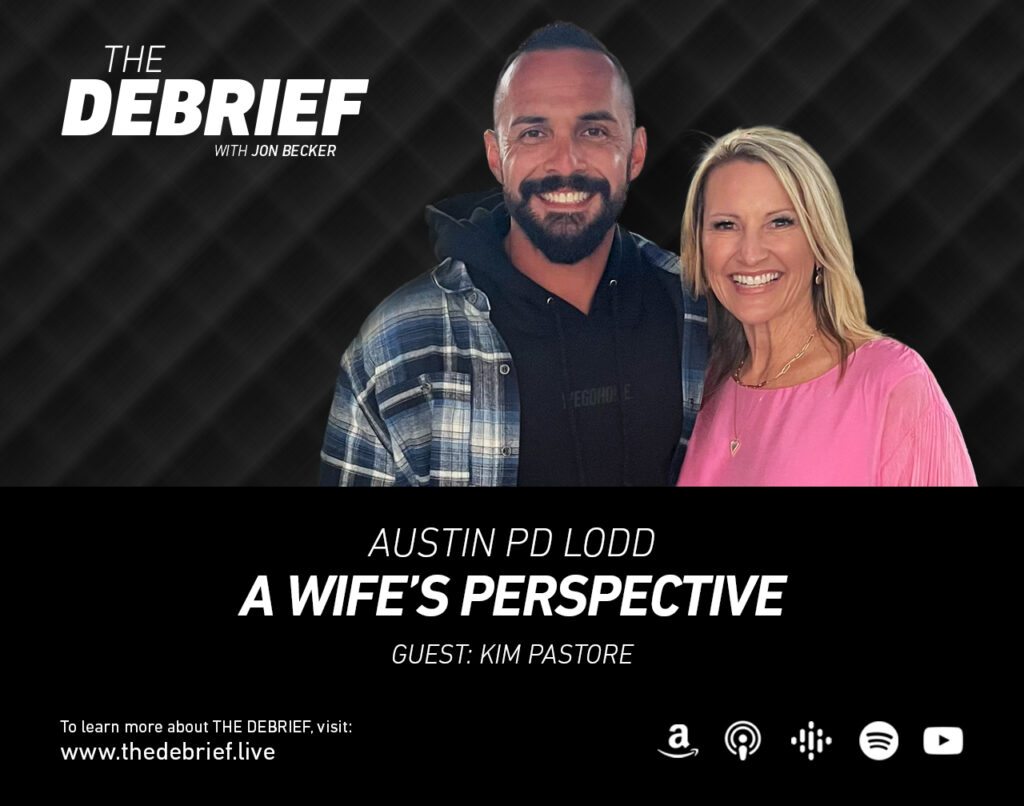Episode 57 – Post Traumatic Growth
jonathan@aardvarktactical.com
on
May 24, 2025

Episode 57 – Post Traumatic Growth
Description
On this episode of The Debrief we are going to be looking at Post Traumatic Stress and Post Traumatic Growth. These are two topics that I am extremely passionate about because, as you might imagine, each incident we cover on The Debrief has had a profound effect on everyone involved. Over the years that I have been working with teams and the years I have hosted this show I have seen people destroyed by their experiences. Yet I have also seen others use the trauma they endured to build a stronger, happier and more purposeful version of themselves.
Although I have certainly seen patterns, I have always wondered what separated these two groups of people, which is why I wanted to have this discussion on Post Traumatic Growth. Simply put, there is a LOT we can do to prepare for and respond to traumatic incidents that will reduce the fallout to those involved.
All of my guests today have a different perspective on Post Traumatic Growth. Dr. Richard Tedeschi is the world’s foremost authority on Post Traumatic Growth and literally coined the expression. His work forms the foundation for most PTG programs. Josh Goldberg is the CEO of Boulder Crest Foundation, a nonprofit whose Warrior Path and Struggle Well programs have reached over 100,000 people. And finally, Chief Chad Kasmar is the current Chief of Police in Tucson, Arizona. Following the suicide of a friend and former fellow officer, Chad has led a revolution in the way his city prepares and supports their staff for traumatic incidents. He has a truly unique perspective on the implementation of these types of programs.
I hope you enjoy this deep dive into Post Traumatic Growth and that this episode inspires you and your agencies to improve on the way we prepare and treat our warriors and first responders.
Guests
Dr. Richard Tedeschi – Clinical psychologist and researcher who coined the term “Post Traumatic Growth.” His work laid the foundation for PTG research and training programs worldwide.
Josh Goldberg – CEO of Boulder Crest Foundation, leading the development of the Warrior PATHH and Struggle Well programs for military and first responder communities.
Chief Chad Kasmar – Chief of Police in Tucson, Arizona, who has pioneered trauma-preparation and support initiatives in his department following personal loss and professional insight.
Resources
Boulder Crest Foundation – www.bouldercrest.org
Boulder Crest: Reborn – YouTube











